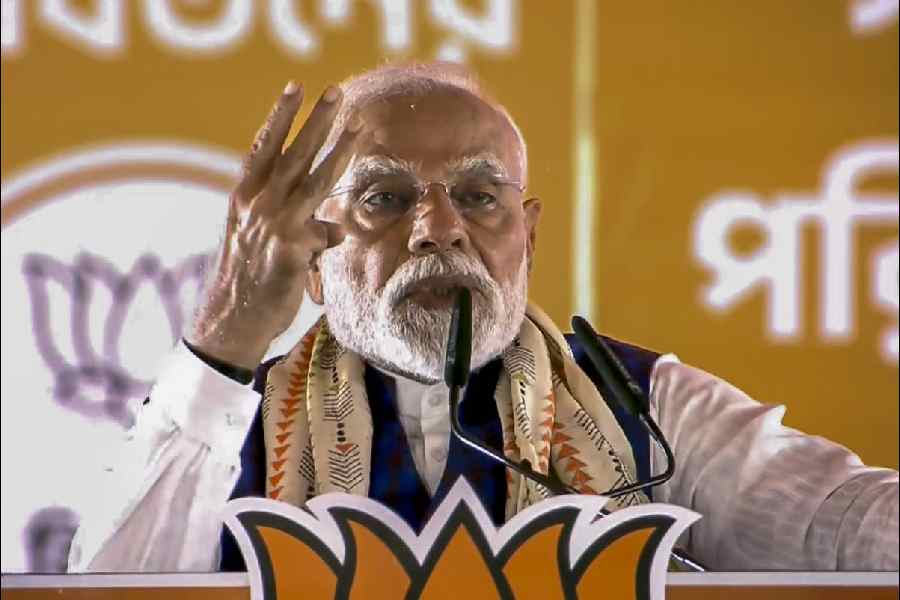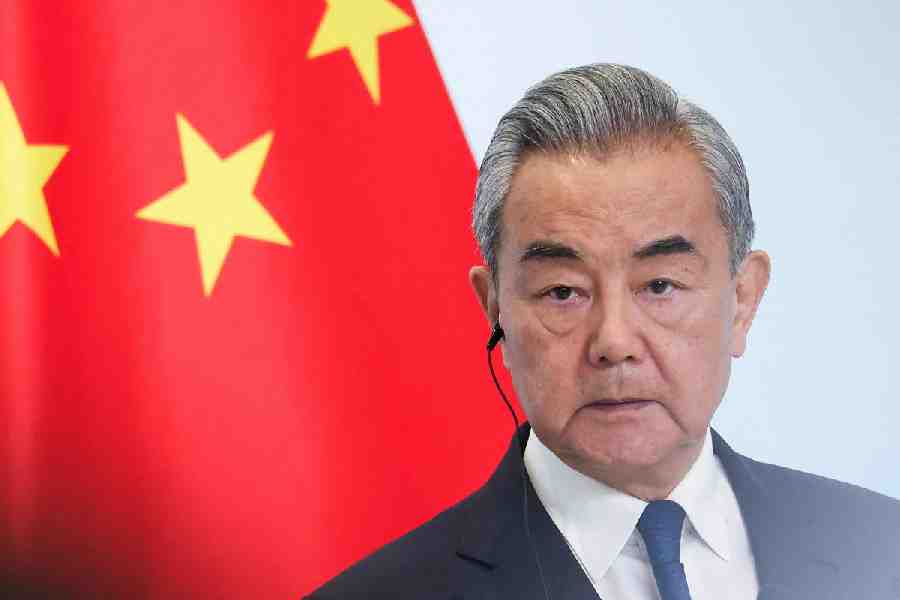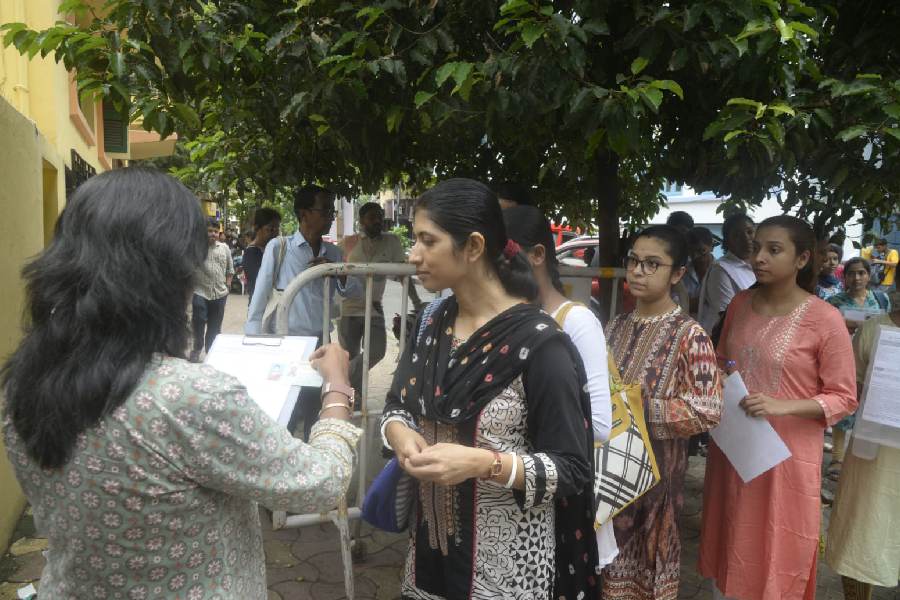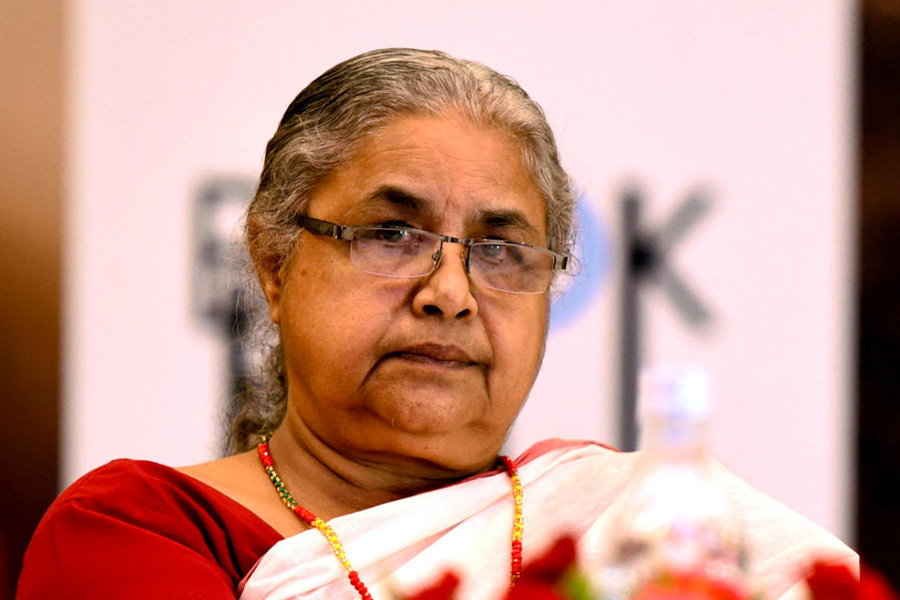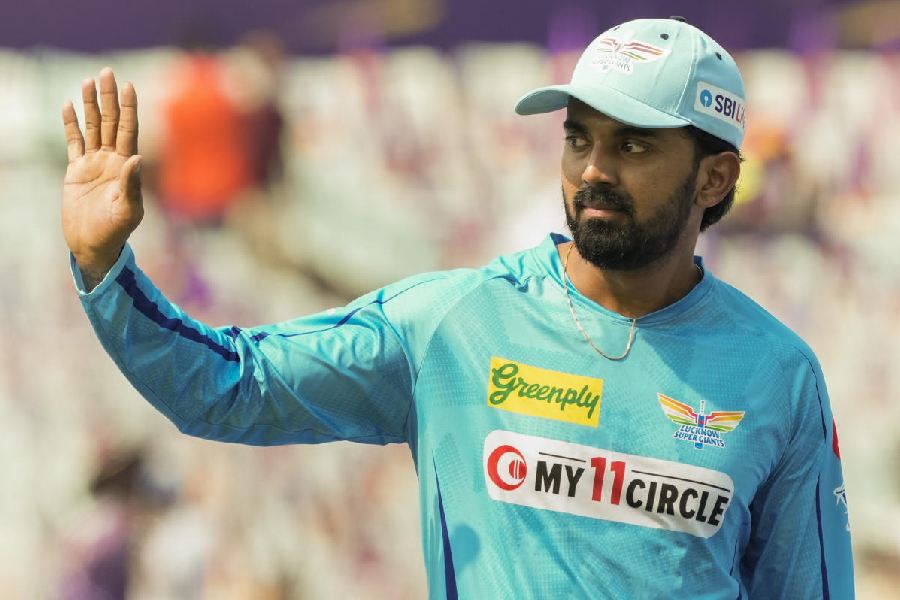 |
For food writer Pushpesh Pant, reading up on food is the next best thing to eating.
“The vicarious pleasures of drooling over or talking about food shouldn’t be underestimated,” says Pant, professor, School of International Studies, Jawaharlal Nehru University, Delhi, who just “drifted from foreign policy and international relations to matters culinary”. He has just finished writing Indian Cook Book, a collection of over 1,000 recipes while his “large-format coffee table book” Gourmet Journeys will hit the stands later this year. Pant’s preoccupation with food doesn’t end there — his work-in-progress includes a book on Indian spices.
Pant believes that the future for food writers in India is bright. And he is not just being prophetic. It is a fact that more and more food writers are now jostling for space in the Indian book market. Whether it is London-based Mallika Basu whose debut cookbook, Miss Masala, aims to make Indian cooking easier for ambitious working women, or veterans like Tarla Dalal, or celebrity chefs-turned-writer like Hemant Oberoi of Taj Hotels, they are all being lapped up by the Indian public.
Publishers say that the demand for cookbooks is quite robust in India and it is likely to go up in the next few years. Some say they command as much as 40 per cent of the market. “We can stick to that estimate. The demand for cookbooks or food books is definitely up these days,” says Raju Barman, partner, Rupa & Co, which has brought out as many as 40 food titles in recent years. “Not only women, men also form a significant portion of the cookbook readership.”
Agrees Priya Kapoor, director, Roli Books. “Cookbooks are a very important part of our list. Approximately 35 per cent of our illustrated book list is made up of cookbooks,” says Kapoor. “In fact, during the recession all across the globe, cookbooks, along with children’s books, continued to sell well while the others took a hit.”
 |
 |
 |
 |
| COOKED AND BOOKED: (From top ) Tarla Dalal, Chitrita Banerji, Hemant Oberoi on the cover of his book and Pushpesh Pant |
Any Indian publishing house worth its salt has an impressive array of forthcoming titles for readers. Take the diverse line-up from Roli — Sarla Razdan’s Kashmiri Cuisine (the book has food pictures as well as rare black and white images of Kashmir then and now), Taj executive chef Hemant Oberoi’s first cookbook called Masala Art, and Islamic Healing Food by Salma Husain. After Mallika Basu’s Miss Masala, HarperCollins India is set to launch the debut food book — curiously titled The F Word — of Mita Kapur, who heads literary agency Siyahi in India, and popular food writer Rocky Mohan’s book Rocky’s Table.
Apparently, there are several varieties of books on food rather than mere cookery tomes and it’s essential to keep the distinctions in mind. “The difference can be illustrated by our next couple of books on food,” says Karthika V.K., publisher, HarperCollins India. “Rocky’s Table on classic Indian menu is about ‘cook-and-entertain’ as it explains things like which wine goes fine with Indian dishes while Kapur’s book is conversational and intimate with a sprinkling of recipes.”
Others point out that cookbooks are also a repository of the social or cultural history of any particular region. Says Diya Kar Hazra, publishing director, Penguin India, “Our strength is our list of regional cookbooks: from Andhra and Bengali to Goan, Kerala, Kodava and Kashmiri; food from Tamil Nadu, cuisine from the northeastern states of India; Parsi and Kashmiri cooking, food that’s typically from Delhi… we have a wonderful list that is very popular.” Other unique books on culinary affairs from Penguin include Magandeep Singh’s Wine Wisdom that the publisher says continues to sell very well, as does Bhaichand Patel’s delightful cocktail treasury, Happy Hours. “The Moti Mahal Cookbook has also done well — and is especially popular with those who are fond of butter chicken!” says Diya.
Penguin’s most valued success stories include books by Chitrita Banerji, who has been writing on food since the late 90s and is currently based in Boston. Her books — Land of Milk and Honey: Travels in the History of Indian Food (2007), Eating India: An Odyssey into the Food and Culture of the Land of Spices (2007) and Bengali Cooking: Seasons and Festivals (1997), to name a few — are considered milestones.
Banerji feels that there’s definitely been a significant growth in the publication of books, articles and columns on food in India over the past 20 years or so. “We can take that as an indicator of a growing interest in food on the part of readers. Some really good writers are now willing to devote their energies to food and I hope that we’ll never go back to those days when people thought of food writing solely in terms of putting together a collection of recipes,” says Banerji. She adds that even academics/ intellectuals are studying the complex resonance between food and life, and debating themes related to food.
But is there a growing readership about Indian food in the West as well? As someone who has straddled the East and the West, Banerji says, “Readers in the West still have much to learn about the extraordinary richness, variety, and subtlety of India’s many regional cuisines. For most people here, I fear, the idea of ‘Indian food’ hasn’t travelled far beyond ‘curry’ and ‘tandoori chicken’.”
So what does it take to be a successful cookbook or food writer? Veterans emphasise that experience counts. “Young writers need to be in the profession for several years and be well known. Then write a book, otherwise it’s very tough to sell it,” avers Tarla Dalal, who can be described as the “queen of recipe books” in India. Others would argue that one must have a flair for writing. “A good food book can only be written by a good writer. The notion that literary writing is reserved for ‘literary’ subjects is absurd,” says Banerji.
Nevertheless, publishers say veteran writers like Dalal or celebrity chefs like Sanjeev Kapoor or restaurateurs still rule the roost. Dalal has sold more than 5 million books to date and claims that that makes her the best-selling author in any category of cookbooks.
Although Dalal maintains that it’s the recipe books that sell most in India and abroad, others would like to believe that readers always look for off-beat themes even in food books. “The market is awash with recipe books — so you have to come up with something really unique to sell well,” says Karthika of HarperCollins. Others point out that cookbooks that are focused, reasonably priced and attractively packaged work wonders.
All in all, there are now choices galore for readers — from low-priced pamphlets to lavish, glossy, coffee-table formats. And all you need is a discriminating palate to enjoy the fine feast!


